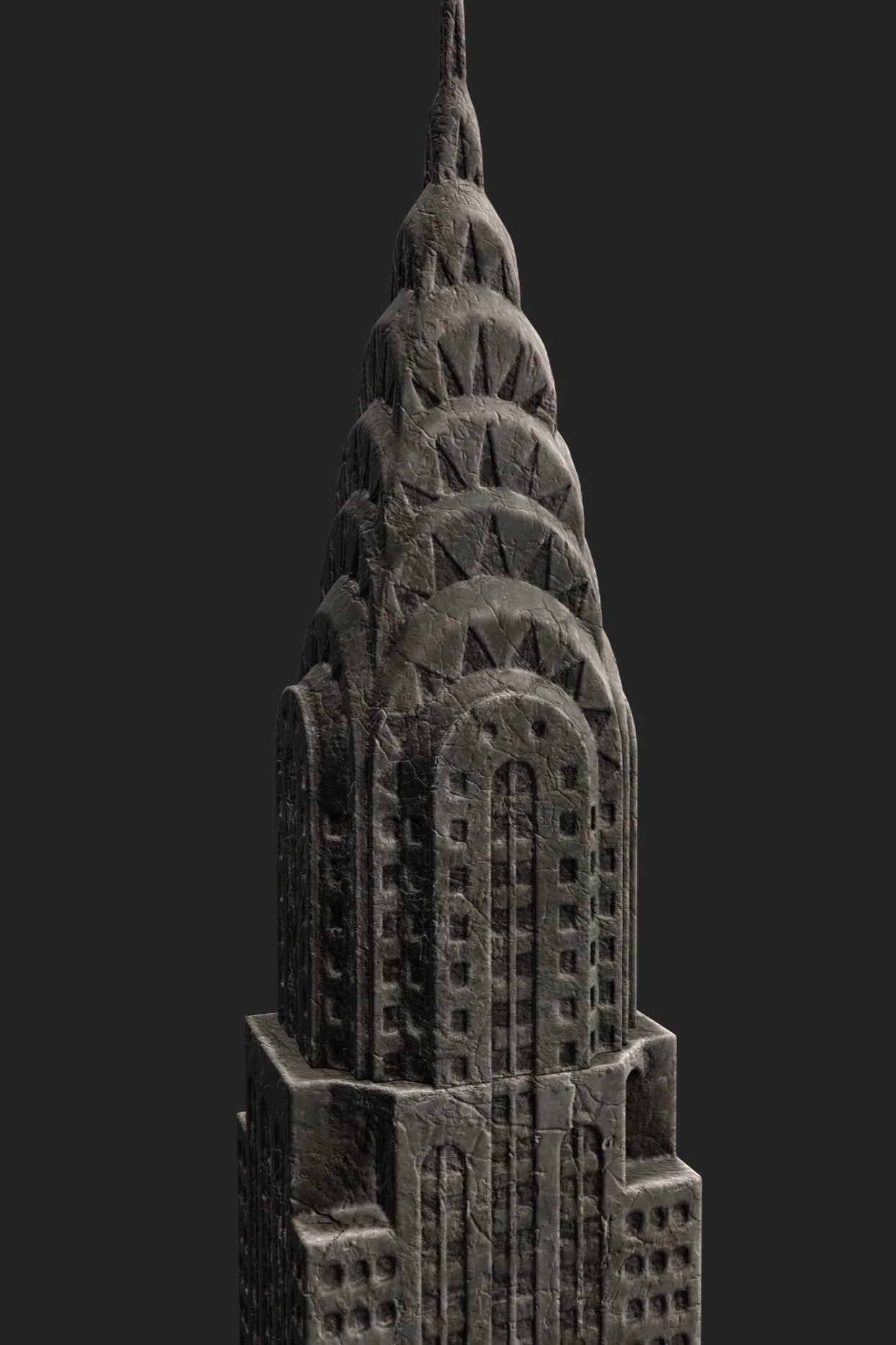DAREDEVIL: BORN AGAIN
OPENING TITLE SEQUENCE
Lead Artist Texturing, Lighting, 3D Design/Animation and Compositing
As a lead artist of the Perception team, I was deeply involved in the making of the opening credits for Daredevil: Born Again. I was responsible for texturing all of the 3D models, animating multiple shots, and figuring out, with lighting and compositing, how the dramatic ‘light and shadow play’ would establish the moody look and feel of the sequence.
In addition, I also contributed to brainstorming and coming up with iconic symbols that would best, metaphorically or literally, represent themes covered by the show. For example, seeing the Nelson, Murdock and Page Sign slowly hit the floor and crumble before our eyes as a metaphor to the end of their friendship forced by a traumatic event.
In preparation of this sequence, I also spent a lot of time researching different approaches to tackling destruction simulations, animating realistic cracks, and texturing these 3D models in a way that replicated the weathered and gritty stone feel that we were aiming for, while portraying the large scale of these objects.
Being a part of the team reimaging the opening titles of Daredevil was no small feat. Trying to make a piece that would be reminiscent of the opening credits crafted for the original Daredevil show was a challenge on its own. We wanted to make something that could feel as grandiose when paired with the nostalgic Daredevil theme.
To do so, we relied on this idea of rebirth and had these iconic statues break and crumble as a result of the destruction and chaos caused by Kingpin’s influence. From the ruins that make up all Matt’s struggles and circumstances, Daredevil emerges and is born again as a way to represent his perseverance in standing up for justice.
THE MAKING OF
creating the stone texture
Using Substance Painter, I individually textured all 3D models used in the sequence. The stone material created for the statues have a weathered and gritty feel to them, like the ones seen around New York City.
After exporting all passes from Substance Painter, I imported them into Redshift in Cinema 4D in order to apply them into our models. Hand painting imperfections, and the right use of displacements and bump maps really helped achieving a more realistic look.


